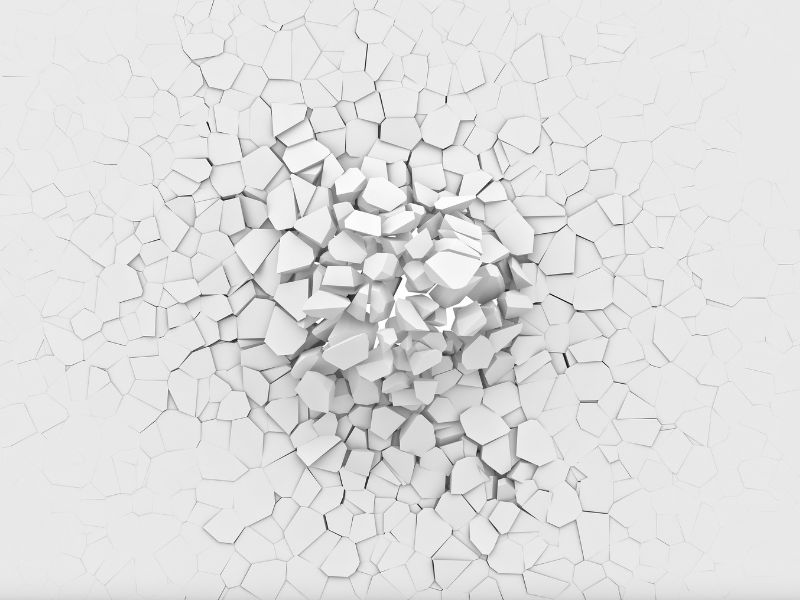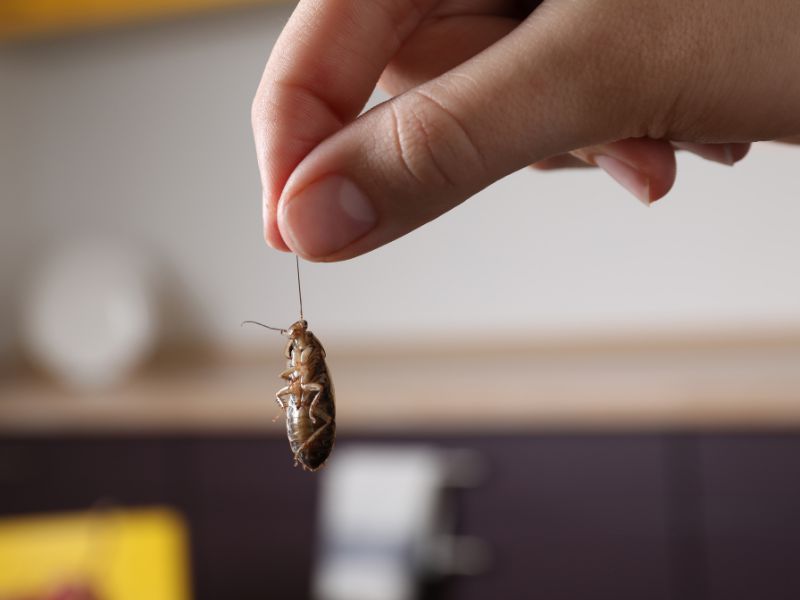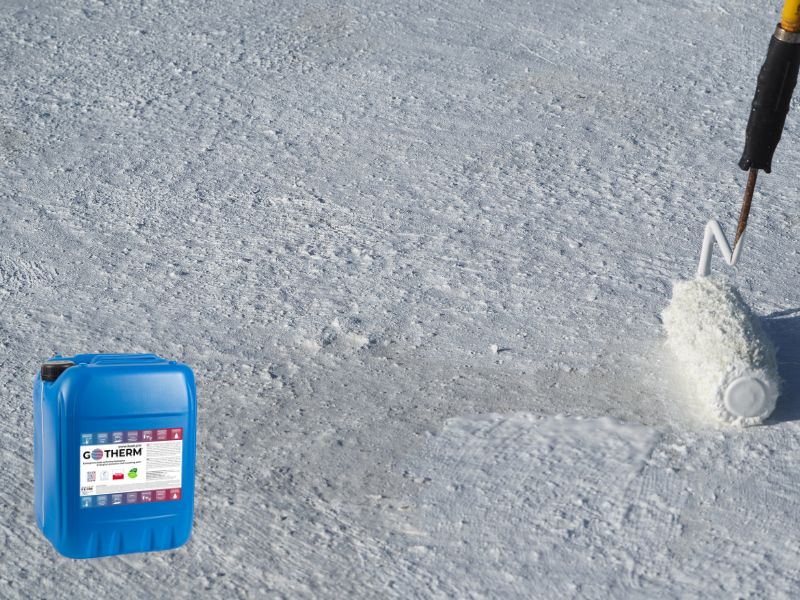Often, we think that the homes we live in are safe and will remain so. However, over time, the walls of our homes start to encounter problems. Why? Because they are exposed to a variety of factors that can affect their durability, as well as our comfort in life. In the article below, we will take you on a journey through the realm of structural challenges that often remain invisible but can have a significant impact on our homes. Of course, we will also try to identify some solutions, at least for some of these difficulties.
What do walls have to contend with?
Below, we present a list of the biggest enemies of home facades and partitions, along with the problems they can cause.
1. Moisture
There is a reason it’s listed first. Where can water appear on the wall? From the outside, when the wall is poorly protected, or from the inside, when we deal with so-called condensation. Moisture can also be related to equipment or pipe failures.
The appearance of water on the wall is not a good sign. It can lead to gradual deterioration of the walls, paint peeling off, and plaster coming loose. Moisture can also cause corrosion of structural elements. It’s also a place where fungi and mold thrive, which not only make the wall look bad but can also worsen our health.
Read more on this topic:
How to prevent water condensation on walls?
How to eliminate thermal bridges?
2. Cracks
Every building stands on the ground, and it tends to move. Of course, earthquakes are rare in Poland, but even natural settling of the building can cause some problems – smaller and larger cracks. This, in turn, affects the strength and aesthetics of the walls. Here, thermal insulation sealing compound can come to the rescue, helping to fill the gaps.
3. Thermal fluctuations
Temperature changes — especially those that occur rapidly — can affect the stability of walls and lead to insulation problems. In such a situation, it’s worth considering additional insulation for the building.
You can read more about this in the article: What to use instead of styrofoam? Thermal insulation paint – how to choose?
4. Biological activity
Other living organisms also affect the walls in our homes. Earlier, we mentioned fungi and mold, which love damp walls and thrive on them. However, we should also not forget about pests, such as rodents or insects, that build their nests in the walls.
We should also take care of the vegetation around the house. Its too rapid and uncontrolled growth can damage our walls – it can be too large roots or too much ivy causing excessive moisture (which we have also written about).
It’s also worth reading: How to protect walls and ceilings from mold and fungus? Is thermal insulation paint fungicidal?
5. Everyday use
Yes! Wall usage can also damage them. Although most often these are minor “injuries” such as scratches from furniture, drilling, or nailing. Fortunately, if we don’t overdo it, everyday use should not turn into a big problem. Nevertheless, it’s good to educate household members about the correct use of walls and explain the consequences of mistreatment.
What to do to minimize these problems?
Overcoming the challenges mentioned above involves considerable costs, is often not easy, and requires a lot of time. That’s why prevention is best. How? The simplest method is, of course, regular inspection and assessment of the technical condition of the walls. You need to keep your eyes wide open and even protect the smallest cracks or leaks. When you see moisture, immediately investigate the cause.
It’s also worth protecting against moisture or improving the thermal insulation of the building, for example, with the help of thermal insulation coatings.
Walls also require regular maintenance – renovating plaster and painting every 10-15 years is a definite necessity.
Also, remember that if you have any doubts, consult with a professional such as a civil engineer or thermal insulation specialist. Their knowledge can help make the right decisions regarding wall maintenance and improvement. This way,







